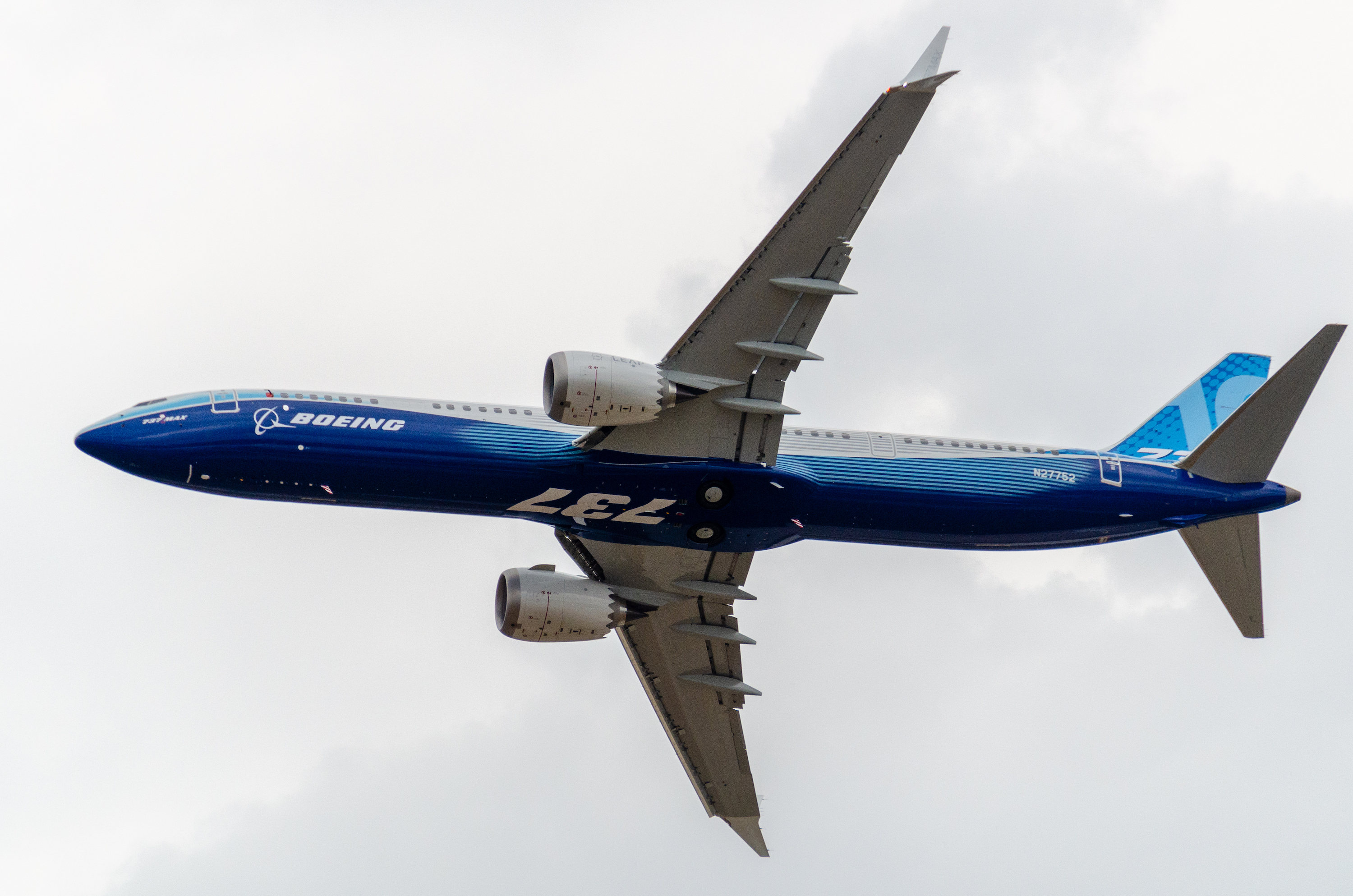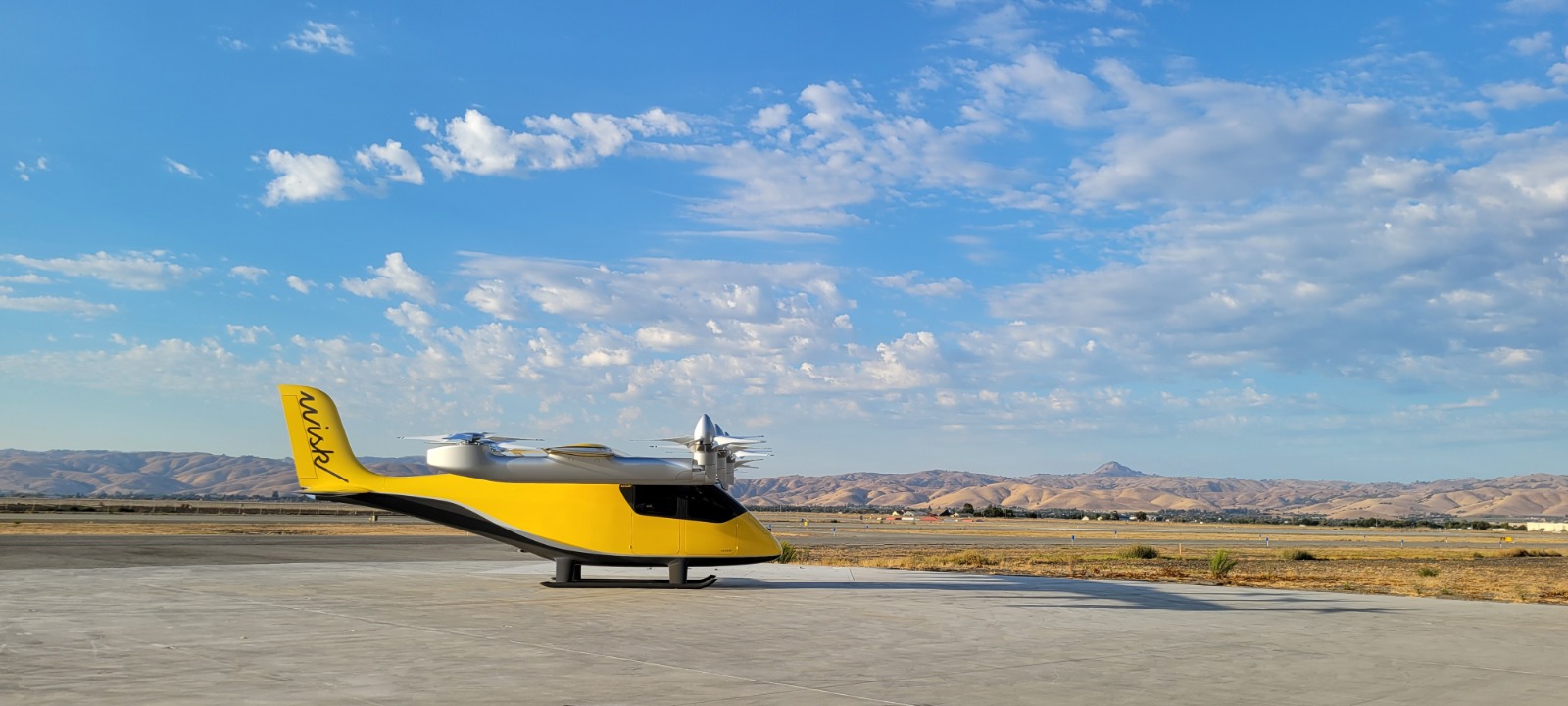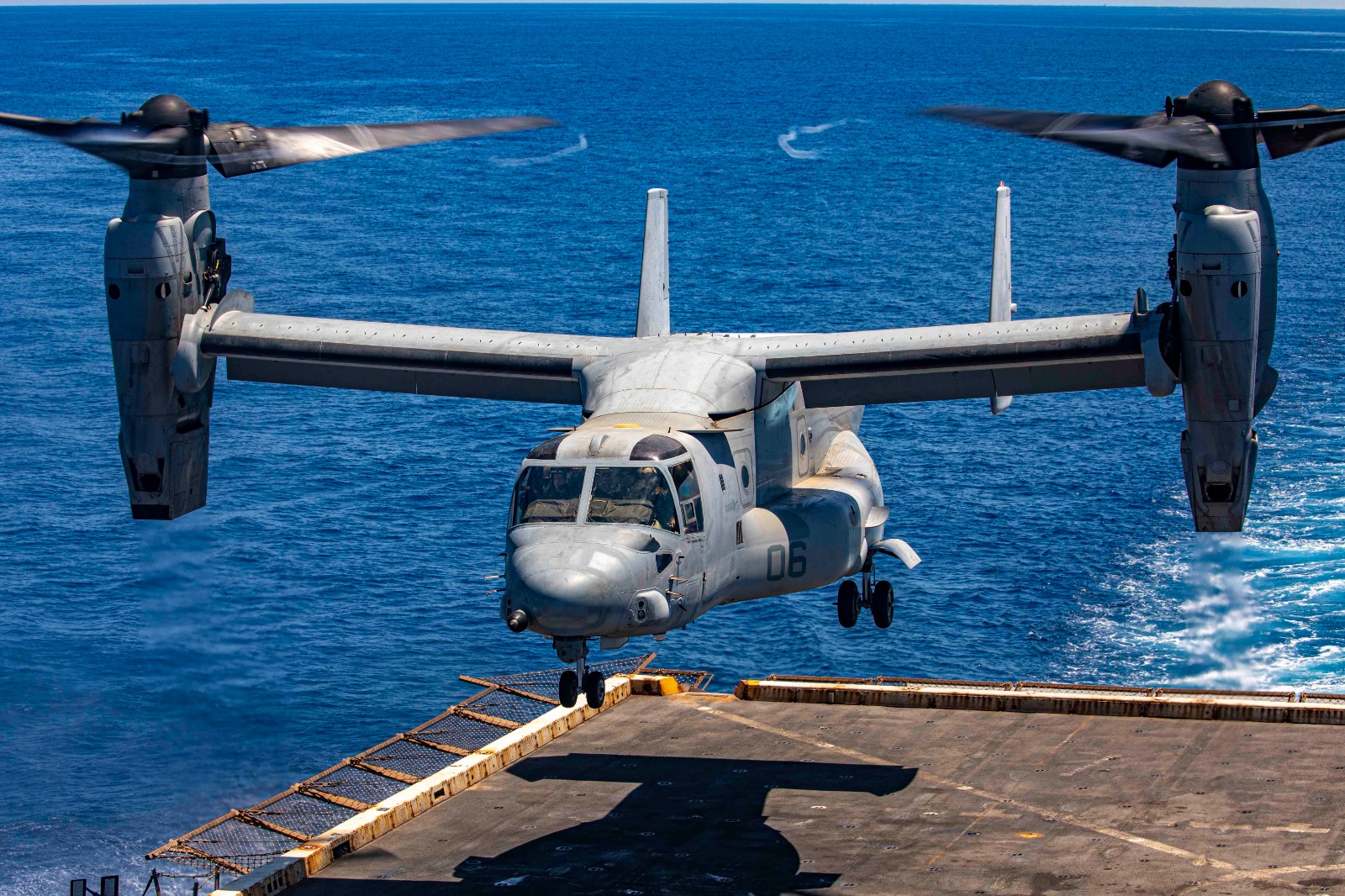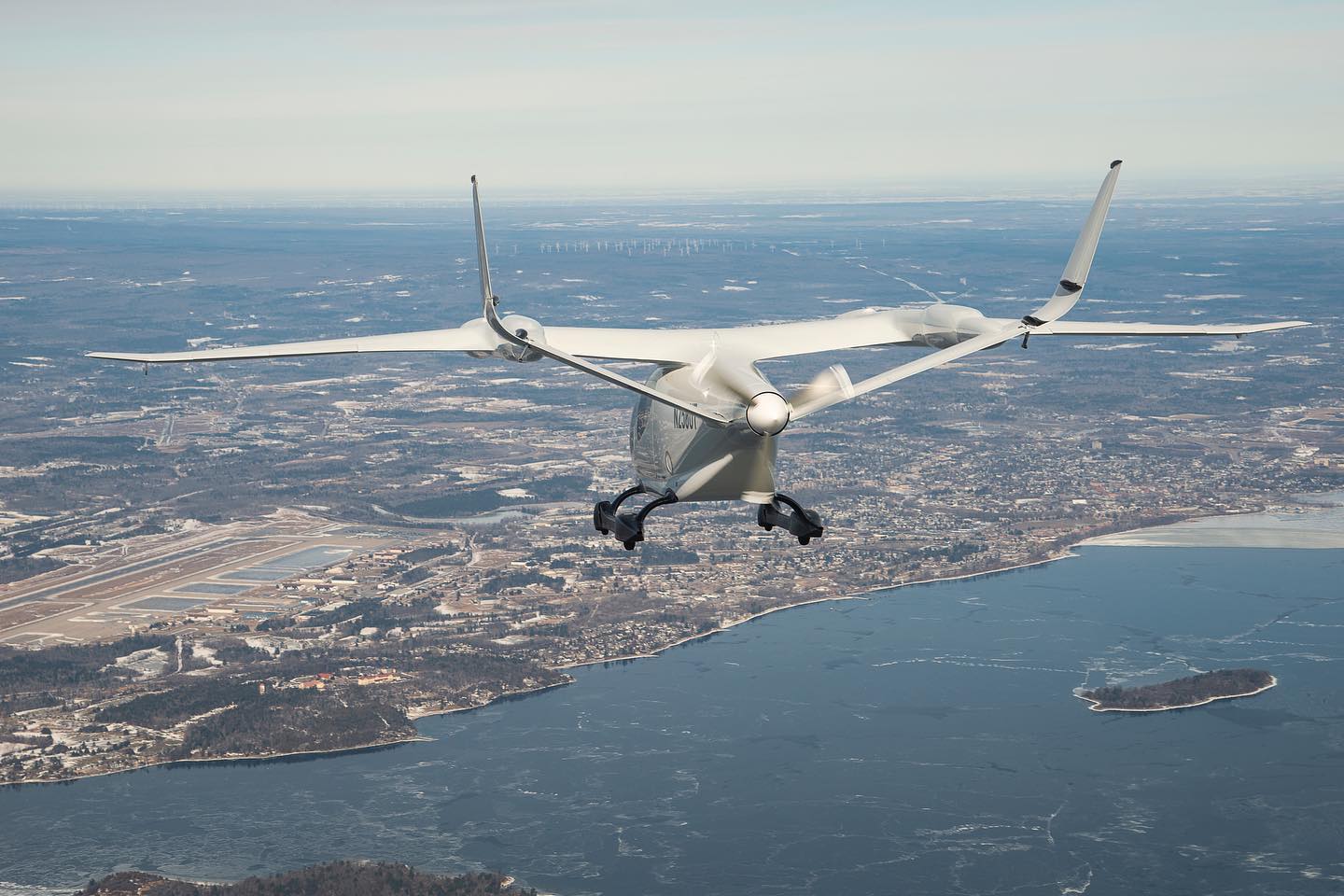This post appeared as part of our Three Points Newsletter on November 7, 2022 Boeing’s $450 million investment in the...
JoinedOctober 16, 2021
Articles215
As Senior Editor, Elan spearheads The Air Current’s coverage of electric vertical takeoff and landing (eVTOL) aircraft, along with a focus on emerging sustainable technologies. A commercially-rated helicopter pilot and FAA Gold Seal flight instructor, Head brings a unique vantage point to explore this critical new sector.
Log-in here if you’re already a subscriber Release DateOctober 20, 2022AutoFlight tests globalization’s limits with strategy for affordable eVTOLsPurchase a...
Log-in here if you’re already a subscriber Release DateOctober 12, 2022The fascinating fine print behind Delta's bet on JobyPurchase a...
Elan Head and Jon Ostrower·
Revisiting the convoluted politics of certifying the last 737 Max models Every official signal points to a bumpy last leg...
Log-in here if you’re already a subscriber This post appeared as part of our Three Points Newsletter on October...
Log-in here if you’re already a subscriber This post appeared as part of our Three Points Newsletter on October 8,...
Log-in here if you’re already a subscriber Release DateOctober 4, 2022Pioneering Air Force eVTOL program looks set to enter new...
Log-in here if you’re already a subscriber Release DateSeptember 22, 2022Autonomous aircraft startups are plotting an evolution, not a revolutionPurchase...
Sign up to receive updates on our latest scoops, insight and analysis on the business of flying. Electric vertical take-off...
Jon Ostrower and Elan Head·
‘Incandescently expensive’ SLS scrubs first attempt at lunar test flight The Space Launch System, NASA’s largest-ever rocket for human spaceflight...
This post appeared as part of our Three Points Newsletter on August 29, 2022 A fire involving a stored lithium...
Log-in here if you’re already a subscriber This post appeared as part of our Three Points Newsletter on August 29,...












